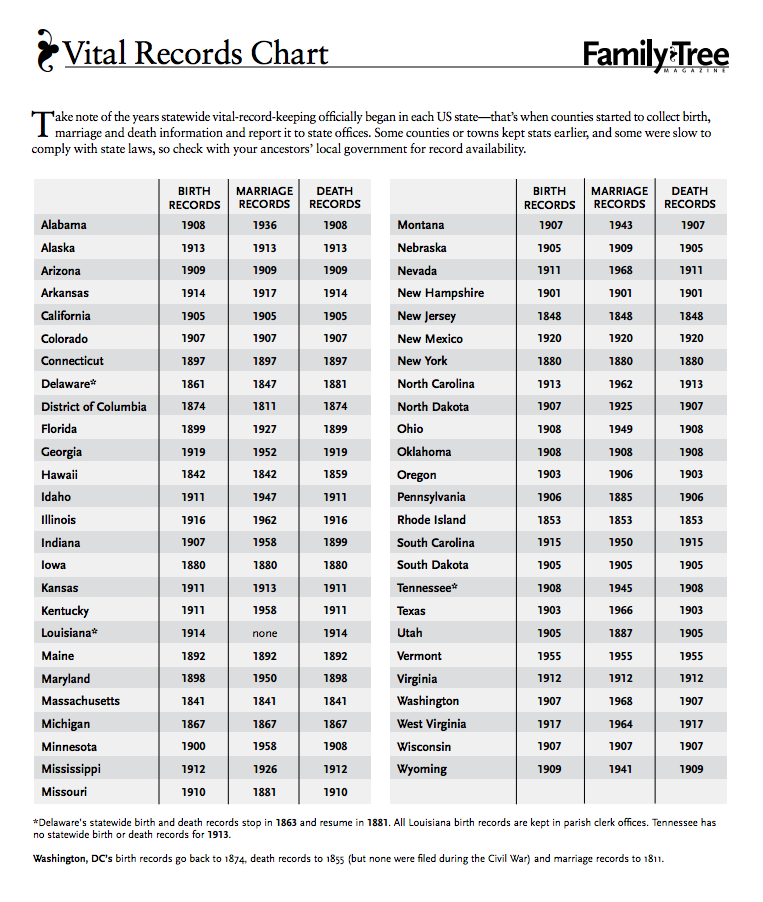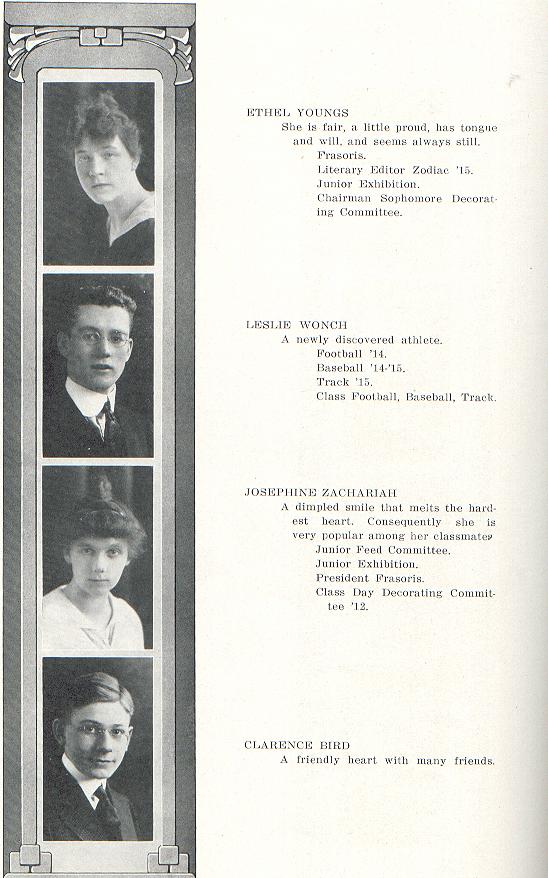If your ancestors lived in a small community in the US in the late 1800's, it is possible they may have been mentioned in a local history book. County histories tell the story of the formation of the county, list local churches and civic organizations, and include biographies and photos of prominent citizens. Learning more about the county where your ancestors lived can help you better understand
how they lived, and can give you clues about what records might exist.
Even better than having an index in the back of a hard-bound book, many county histories are now available online, which means they are fully text-searchable. Some of the largest collections of digital family history books are at FamilySearch
Family History Books,
Internet Archive, and
Google Books.
Public libraries, university libraries or historical societies may have digital content unique to their area. Look for a "Local History" link, or search their catalog for your ancestor's surname, plus the county (or community) and state, e.g., Wunderlich Cole County Missouri or the surname and "local history".
If you do find your ancestor mentioned in a digitized local history that is no longer under copyright, you may be able to download the page, or the entire book.
So-called "mug books" may contain inaccuracies. Use a published biography to point you to official records.

_(2122063062).jpg)











